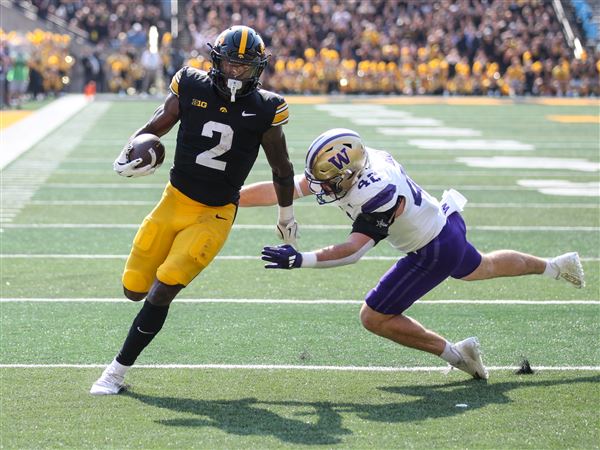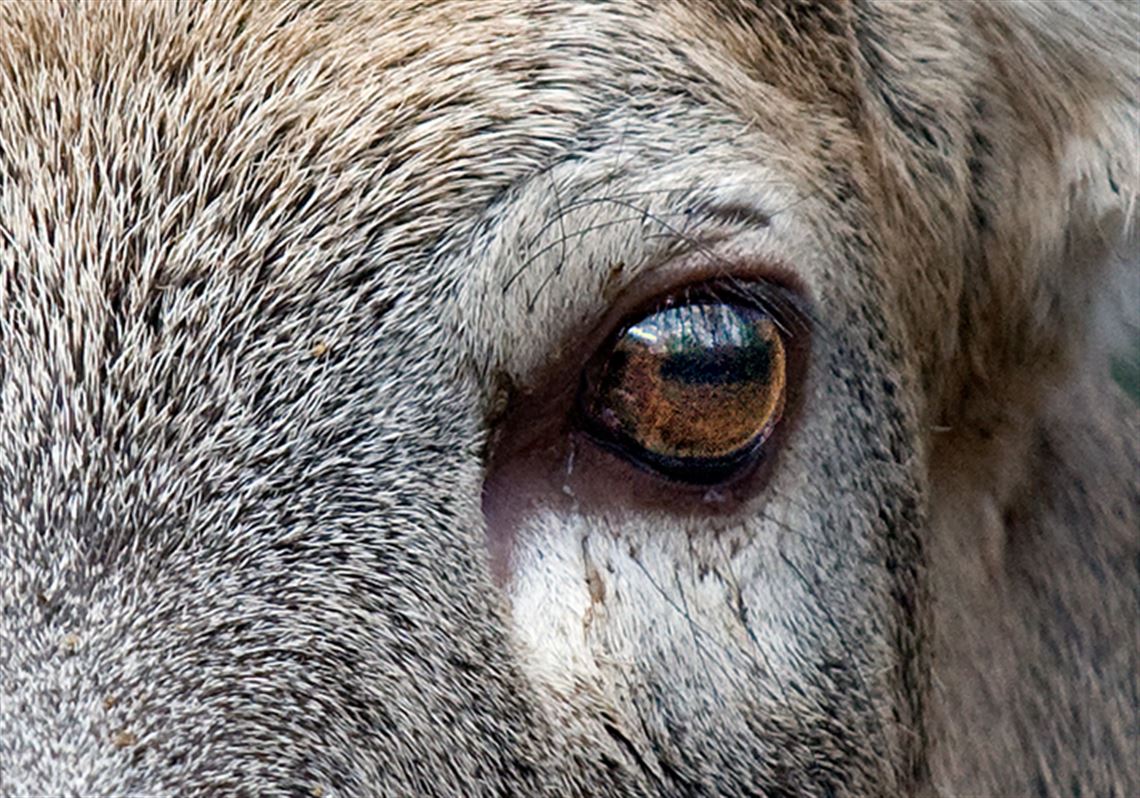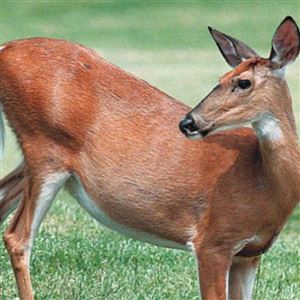A traditional holiday song poses a question that a hunter might want to ask a white-tailed deer: “Do you see what I see?”
If the deer could answer, it might say something like: “No, but I like your jeans.”
The eyes of white-tailed deer and humans are constructed differently, and they literally see the world in a different light.
In a landmark study in 1992, scientists at the University of Georgia compared the biological properties of human eyes and deer eyes and measured the frequencies of light waves passed from the eye to the brain.
It was known that humans perceive light wavelengths starting in the middle of the blue spectrum and extending through the red spectrum. In 2013, researchers from the same labs found that deer detect wavelengths from the lower blue scale to the beginning of the red scale.
In practical terms, deer see reds and oranges as shades of green; fluorescent orange looks like a pale yellow-green blur. Blues are more vibrant to deer. They see shades of blue that are invisible to humans, and jeans actually glow like a star over Bethlehem.
In a behavioral study in 2014, researchers trained deer to respond to colored lights and measured their responses to various wavelengths. The 1992, 2013 and 2014 studies confirmed several theories:
• With just two types of color photoreceptors, deer eyes distinguish fewer colors than human eyes, which have three types of color detectors.
• With a deeper perception of blues into the ultraviolet range, deer see not only blue jeans but residue from UV brighteners in laundry detergent that is invisible to humans.
• Deer pupils gather more light, and a greater concentration of light-dark photoreceptors gives them better night vision. Eyes positioned on the sides of the head give deer a broader field of view.
• Deer have incredible motion detection. They can see a hunter blink from a distance, but if there’s no additional movement they don’t know what it is.
It’s no surprise that manufacturers of hunting equipment have been all over those studies.
New camouflage patterns, laundry soaps without UV additives and UV masking sprays have been developed, but there is no industry standard for degrees of concealment to deer. Some products, like “camouflage” in shades of blue, have the opposite effect.
One of the newest hunting camos is a line of Gore Optifade Concealment outerwear made by a fluoropolymer technology company best known for the waterproof breathable Gore-Tex used in waders, shoes, jackets and other outdoor garments. Optifade camouflage is based on the digital pixel patterns developed by the U.S. Army in the 1970s to match backgrounds and break up the shape of the wearer.
Recently, according to Gore, it fine-tuned the algorithm-designed patterns to match the visual acuity of the eyes of animals.
The company says its five patterns confuse deer looking up toward the sky, in rocky terrain above the timberline and in tree-covered forests. Other patterns, says Gore, make hunters seem invisible to waterfowl flying over marshes of vegetation or timber.
Gore Optifade products are available for purchase, but have not been tested in the field.
John Hayes: jhayes@post-gazette.com
First Published: December 3, 2021, 8:52 p.m.





















